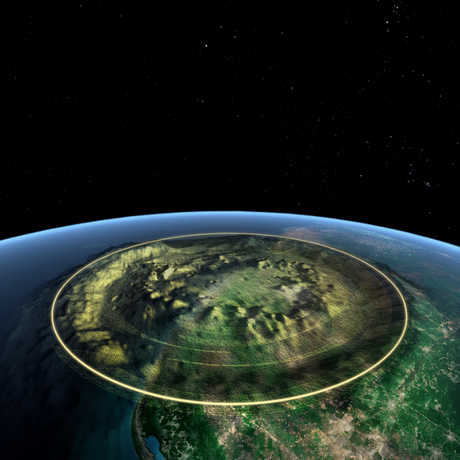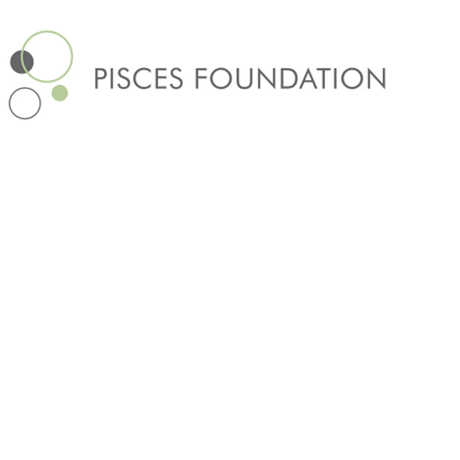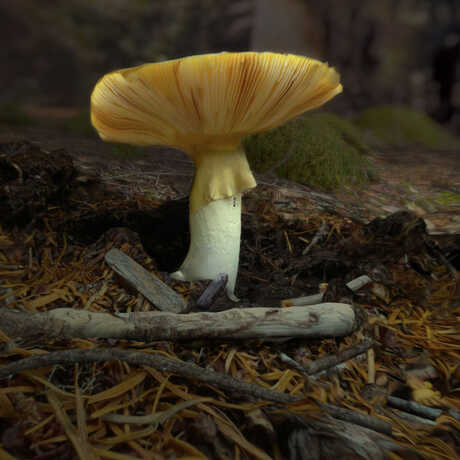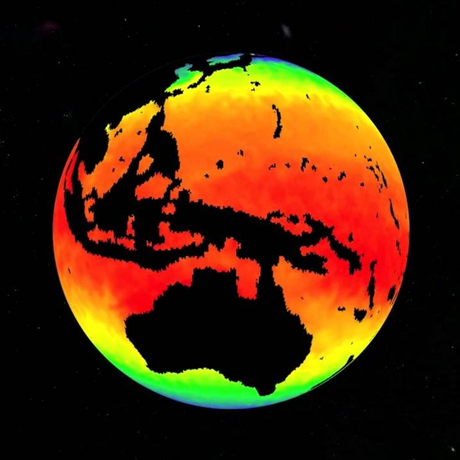Our award-winning planetarium shows are now available for educators to stream directly to your classroom.
Embark on a journey back in time and across the Solar System, following the paths of asteroids and comets that have collided with Earth—and those that roam far from home. These ancient objects travel billions of years before reaching Earth, and their impact can be so powerful that just one collision can change the course of life on our planet. This film is distributed solely to educators for use with students.
About This Film
Length: 25 min
Appropriate for: Grades 6-12
Languages: Closed Captions available in over a dozen languages, including Spanish and Chinese
Asteroids, Comets, and the Hard-Hitting Stories of Our Cosmic Origins
Scientists aren't waiting for asteroids and comets to come to us to learn more about them—get an up-close look at spacecraft sent to rocky asteroids and icy comets to collect invaluable data. You’ll follow the trek of the Chelyabinsk meteor as it entered the Earth's atmosphere in 2013 and visualize major shifts in the history of the Solar System billions of years in the making—and all in under an hour.
Main Themes of the Film

- Impact sites on Earth inform us of the role that asteroids, comets, and meteorites played in the formation of our planet.
- By studying these objects, we are refining our understanding of how our solar system came to be.
- Scientists are finding new ways to track potential cosmic threats before they reach us, preventing future impacts on our planet.
NGSS Connections for High School
Disciplinary Core Idea: ESS1.C: The History of Planet Earth
Crosscutting Concept: Stability and Change
Science and Engineering Practice: Constructing Explanations
Performance Expectation: HS-ESS1-6. Apply scientific reasoning and evidence from ancient Earth materials, meteorites, and other planetary surfaces to construct an account of Earth’s formation and early history. See Evidence Statement.
Our collection of educational videos will help your students visualize data and understand scientific concepts.
Environmental Literacy Initiative, major funding provided by


